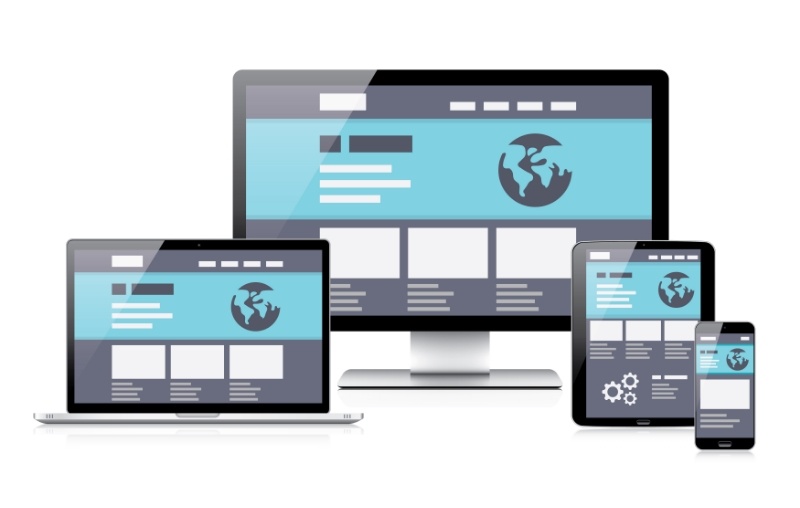
9 Qualities of a Great HubSpot Website Template
August 10, 2015
By Paul Schmidt
You’ve realized it’s time for a change. You’re done with your out-of-date website that isn’t generating business. By implementing a HubSpot website template, you can start putting your website to work for you to start generating traffic, leads, and revenue. Templates are a great way to get your website updated in hours and with minimal cost. Here are 9 qualities you should look for in a great HubSpot website template.
1. Easy to Install
You should be able to get your website template installed within hours since you not doing a full redesign of your website from scratch. Templates contain all of the technical assets you need so that you can focus your time on updating the website copy, forms, and call-to-action buttons on the site.
2. Easy to Customize:
The entire template shouldn’t require you to know advanced HTML/CSS skills to make minor adjustments to the page. Ask the template provider directly If you’re not sure, how easy it is to customize. The provider can tell you how customizable the template will be based on your requested changes. Further, if you do want to make changes to the template that are not ‘baked’ into the existing template design, the template provider should be able to make custom changes to the template at less than the cost of a full redesign. Make sure you understand how much those changes would be if you bought the HubSpot template.
3. Optimized for Traffic Generation:
An inbound strategy relies on you pulling in traffic from search, social, email, and other channels. Your template should allow you customize your title tags, meta descriptions, category/topic tags (for the blog), and headers for each page to improve on-page SEO. There should be social media buttons that make it easy for your content to be shared.
4. Optimized For The Lead Generation:
Your site needs to generate leads for your sales team. Great HubSpot templates will have placeholder call-to-action buttons on the site to show you where you should add in premium content or demo offers. The templates should also have built-in forms that you can swap out with your own forms to generate new blog subscribers/leads. Lastly, a resource center template can be a gold mine for generating new leads in the awareness/consideration stage.
5. Thoughtful Placeholder Text:
Placeholder text makes it easy for you to know what kinds of content needs to live in certain areas of your website. The entire template should not just have ‘lorem ipsum’ filler text.
6. Easy to Migrate Content from Old CMS to HubSpot CMS:
Templates are all about making your life easier. You should be able to copy/paste content from your old site to your new site and not have to have to do significant custom coding. The copy/pasting will take time but won’t require expensive developer hours. For blog posts, if you’re on wordpress, HubSpot’s blog importer will make the content migration a breeze.
7. Comes with Support to Get You Off the Ground:
You don’t want to be left in the dark trying to figure out how to use your new template. Great templates come with great support to make sure you know how to launch your new website. If you have a few questions about launching your new template, you should have the ability to reach out to the template designers, developers or support team to get your website up and running.
8. Responsive Design:
More than half of your website visitors could be coming from mobile devices. Your website needs to drive traffic and leads regardless of the device. On April 21, 2015, Google updated their search algorithms to give a rankings boost to mobile friendly websites. Make sure your new HubSpot template is responsive so that you only have to manage one website that drives business across desktop, tablet, and mobile devices.
9. Dynamic Content:
If you’ve conquered the basics of inbound, it’s time to make your website more dynamic. A great HubSpot template will have opportunities for you to use smart content. Smart content allows your website to more personalized and relevant to the user based on what we know about them. Your website template should indicate opportunities for employing dynamic content.
Have you ever used a template in the past? How long did it take you to launch your new site?

About the author
Paul Schmidt is a director of services strategy at SmartBug Media. He previously worked at HubSpot, helping develop inbound strategies for over 200 clients. His past clients include: Travelers Insurance, Unilever, and the SABIAN Cymbal Company. Paul studied percussion in Las Vegas and got his MBA in marketing in Boston Read more articles by Paul Schmidt.






